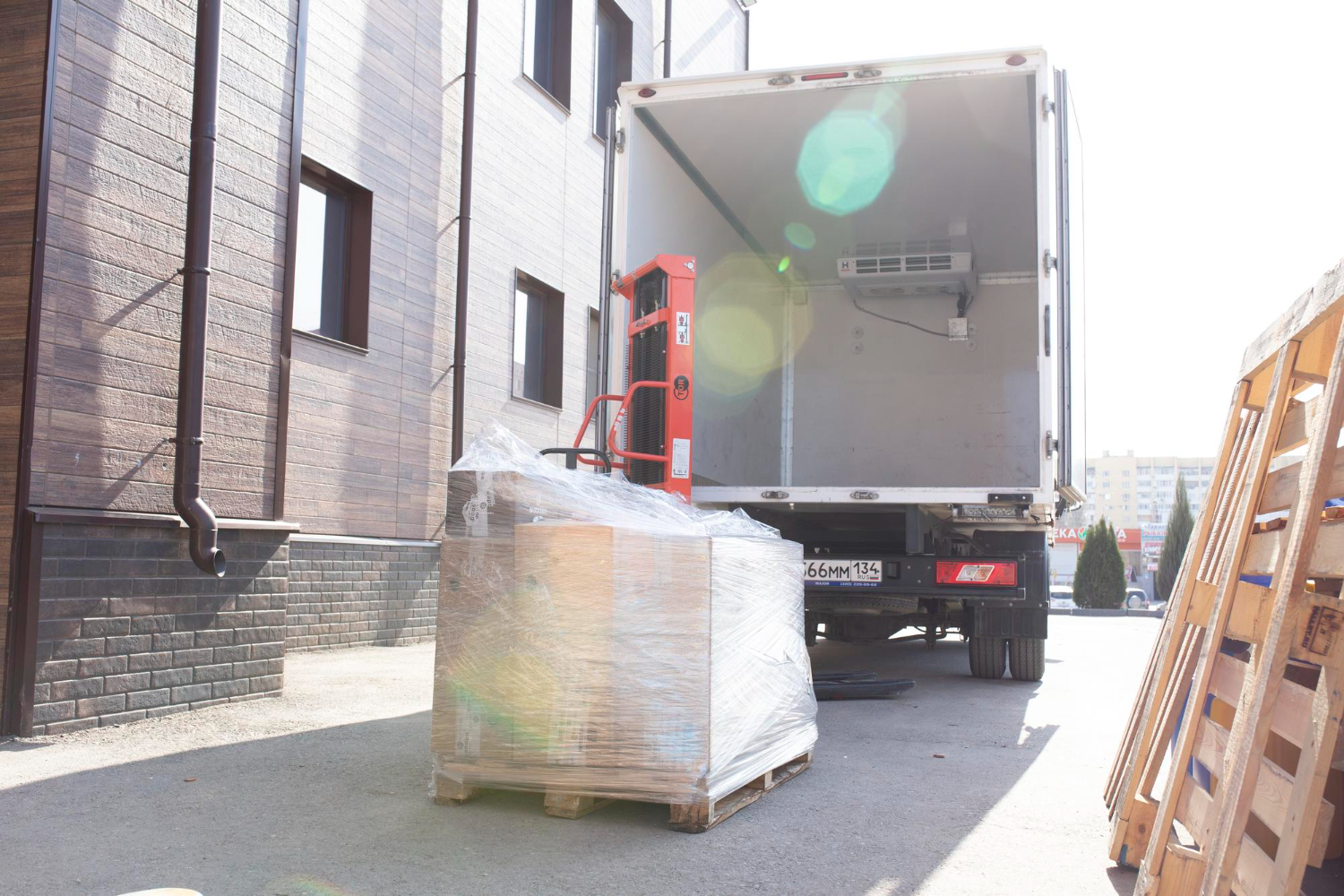Moving heavy equipment during a commercial move can sometimes feel like solving a giant puzzle. Each piece is critical, and successfully moving everything takes thought, precision, and a bit of creativity. The challenges include navigating tight spaces, handling enormous weights, and ensuring everything arrives intact and ready to use at the new location. These aren't just any items; they are often essential to a business's operation and need special attention. It's like moving a piece of art—you must handle it with care and expertise.
When thinking about relocating heavy equipment, planning is your best friend. A well-thought-out approach minimizes risks and ensures smooth execution. It's not just about lifting and placing; it's about understanding the intricacies involved. Clear pathways, detailed mapping, and understanding each equipment’s specifications are just a few aspects that play a crucial role in the process. This careful planning sets the stage for a successful transition that minimizes disruption to the business.
Assessing and Planning the Move
To start with, a comprehensive assessment of the items to be moved is vital. Consider every piece of machinery you need to relocate. Knowing the specifics, such as weight, dimensions, and functionality, will help cross-reference with the space and layout of the new location. This step involves noting peculiarities like awkward shapes or parts of equipment that may need dismantling.
Once you have a detailed list, look at the new space. Analyzing doorways, hallways, and any potential obstacles ensures that every path the equipment takes is clear and safe. Make sketches or diagrams that outline how the equipment will be placed in its new home. This helps visualize the process and anticipate any challenges.
Your plan should also include a timeline. Determine how long each part of the move might take, taking care not to rush the process. Moving heavy equipment isn't something you can hurry without risking damage. Instead, set realistic time frames that allow for preparation, unexpected delays, and careful execution.
Next, involve your team. Assign roles and ensure everyone knows their responsibility during the move. Clear communication is essential to ensure everyone is on the same page. This teamwork is like a well-rehearsed dance, where each person plays a vital role in making everything work smoothly. Always revisit and revise your plan as needed, considering any new challenges that might arise as you prepare for the move. This keeps everything flexible and adaptable, ensuring the process runs without a hitch.
Using the Right Equipment and Techniques
When it comes to relocating heavy machinery, having the right equipment is key. Various tools and techniques make the move safe and efficient. Here's a list of essentials when planning such a move:
- Forklifts: These are crucial for lifting and transporting heavy items over short distances.
- Dollies and Hand Trucks: Perfect for maneuvering smaller, heavy pieces through tight spaces.
- Cranes: Necessary for particularly large or oddly-shaped equipment that cannot be lifted any other way.
- Straps and Harnesses: Ensure secure lifting and prevent mishaps during transport.
It's not just about the tools; knowing how to use them correctly is equally important. Proper training ensures that safety is prioritized at all times. For lifting, make sure that all equipment is secured to avoid any unexpected movement. When moving large machinery, moving slowly and cautiously will help prevent damage. Always ensure there are spotters or additional team members to guide the equipment around obstacles safely. This is like having a co-navigator when following directions; teamwork makes the process seamless and smooth.
Ensuring Minimal Disruption
Keeping a business running smoothly during a move is a priority. Reducing downtime isn't just about speed; it's about smart scheduling too. Planning to move equipment during off-hours or over the weekend can significantly reduce the impact on daily operations. This way, you maintain business continuity, which is vital for customer satisfaction and employee morale.
Effective communication with staff is another cornerstone of minimizing disruption. Inform your team early about the moving plan and provide updates as necessary. This way, everyone can prepare for any adjustments in their workflow. Keeping everyone in the loop ensures that the transition is as stress-free as possible.
Consider these strategies to keep disruption to a minimum:
1. Plan Moves in Off-Peak Hours: Whenever possible, organize moves at times that have little impact on business operations.
2. Use Temporary Workarounds: Set up alternate workstations or solutions during the move to maintain productivity.
3. Stay Flexible: Be prepared to adapt the plan should unforeseen challenges arise.
Hiring Professional Movers
Choosing experienced movers can turn a potentially overwhelming task into a smooth, efficient process. Expert movers bring not only the right tools but also the knowledge and skills honed from years of practice. They understand how to assess each piece of equipment and determine the best route and method for transportation.
Professional movers also ensure safety for both the equipment and the people involved in the move. By leaving the task in experienced hands, you reduce the likelihood of damages and accidents. This peace of mind allows you to focus on what you do best—running your business. Opting for seasoned movers is like choosing a trusted guide who knows the terrain well and leads the way safely.
Seamless Heavy Equipment Relocation for Businesses
Relocating heavy equipment doesn't have to be daunting. With careful planning, the right tools, and teamwork, moving can be seamless and even stress-free. The steps outlined here offer a framework to ensure your commercial move proceeds with minimal hiccups. Keeping open communication, relying on experienced hands, and staying adaptable are all ingredients for a successful transition. Consider these insights as you prepare to move your business forward, literally and figuratively.
Preparing for a successful equipment relocation requires thoughtful planning and execution. With Happ Movers, you gain experienced professionals who prioritize your needs. Whether you're dealing with large machinery or intricate layouts, ensure a seamless transition with our expert advice. Explore more about our commercial moving solutions today and experience hassle-free service in Deerfield and beyond.

